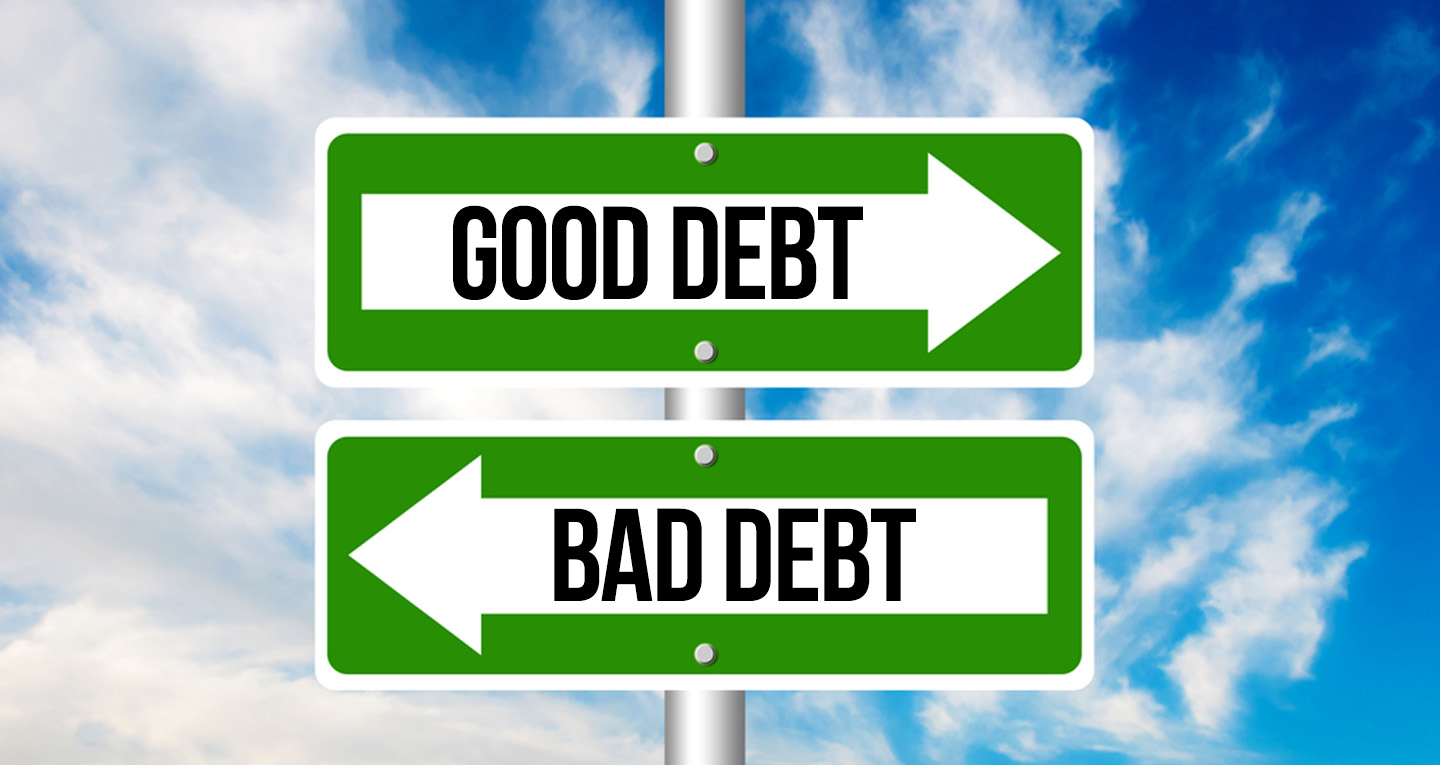Personal finance is complicated and the difference between good and bad debt is a crucial idea that can significantly affect your financial health. Not only is understanding this fundamental difference good for your financial health but it is also an intelligent way to take control of your money.
What Is Good Debt?
Good debt is a way to think about money when you take it to make investments or buy things that could go up in value or bring in money over time. Good debt is a smart way to manage your money while bad debt is when you take money for things that don’t go up in value or won’t last. It is usually used to talk about things that will pay off in the long run like real estate schooling or a business.
Why Good Debt Can Be Beneficial
Knowing the benefits of good debt is essential for making wise choices about money. Having good debt can help you get rich and be financially secure. It gives people access to chances they might not be able to afford otherwise like buying a home or going to college. Some types of good debt like house debt can also give you tax breaks making them even more appealing financially.
What Is Bad Debt?
Bad debt is when you take money for optional things that only last a short time or are losing value. It usually comes with high loan rates and doesn’t help the economy grow in the long run. Credit card debt for expensive items, high interest personal vacation loans and loans used to pay for impulse purchases are all examples of bad debt. Bad debt is often caused by spending money without thinking and not planning your finances well.
The Consequences Of Bad Debt
Poor debt can hurt a person’s ability to pay their bills and expenses. One apparent effect is that people have to deal with high interest rates which can lead to significant interest payments over time. This can make you stressed about money making it hard to meet other financial goals or deal with problems. Bad debt can also make saving and spending hard and slow down long term economic progress.
Differentiating Between The Two Debt
Anyone who wants to make intelligent financial choices must know the difference between good and bad debt. Debt is neither good nor bad in and of itself what makes it good or bad are the goals and results that come with it.
Purpose
The reason for taking money is a crucial difference between good and bad debt. When people get good debt they usually do so to fund projects that could gain value or make money over time. A mortgage for a house, a student loan for school or a business loan for starting a new business are all examples of loans. People see these loans as wise investments in their financial future.
Return On Investment (ROI)
The possible return on spending is another crucial factor. Return on investment ROI from good loans is often possible. For example getting into debt to buy a house can cause the home value to go up and spending on education can make you more employable. Bad debt on the other hand usually comes from borrowing money for things that lose value quickly or don’t last like high interest credit card debt for trips or expensive goods. Most of the time these loans give little or no return on investment.
Interest Rates
You can also get hints from the interest rates on the loan. Interest rates on good loans tend to be lower which makes it easier to pay and handle. On the other hand lousy debt usually comes with high interest rates which means significant interest payments that can get in the way of financial growth.
Long Term Vs Short Term
When you have good debt you usually have long term financial goals and investments that will pay off over time. Bad debt on the other hand is generally caused by rash short term spending that gives you pleasure right away but not much in the long run.
Financial Discipline
Lastly, one way to tell them apart is by examining their financial responsibility and ability to borrow money wisely. People who distinguish between wants and needs and prioritize strategic investments are likely to take on good debt. On the other hand people who take out loans without thinking and then need help paying them back may be stuck in bad debt.
The difference between good and bad debt depends on why the money is being borrowed, whether it will earn cash back the interest rates, how well it fits with long term goals and how financially responsible the person is. If people understand these differences they can make smart financial choices to help their long term success and economic well being.
Conclusion
A crucial part of sound financial management is distinguishing between good and bad debt. Good debt can help you get rich and reach your long term financial goals. Bad debt on the other hand can cause stress and slow down your progress. People can get the most out of good debt and avoid the worst problems with bad debt by making smart decisions and putting financial discipline first. This will help them become more financially secure and prosperous in the long run.
